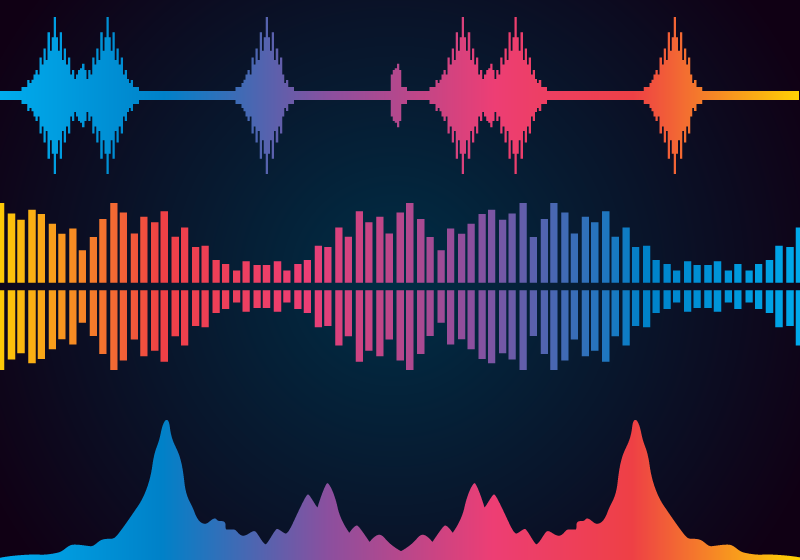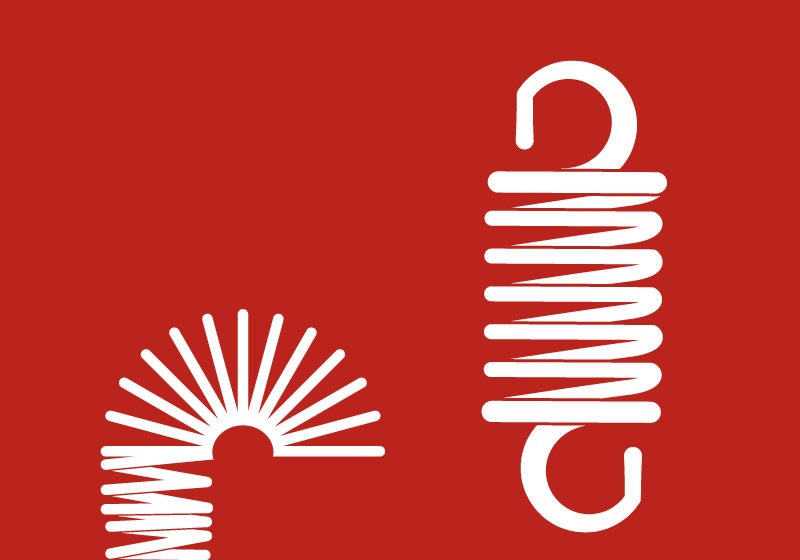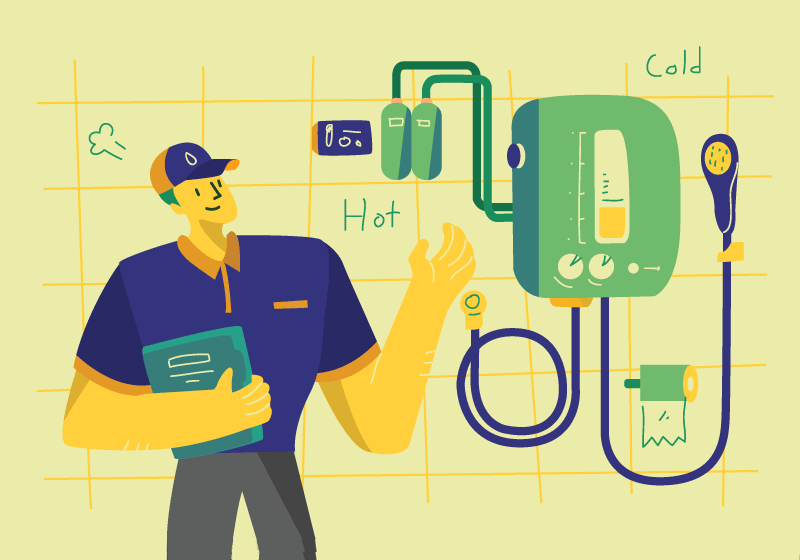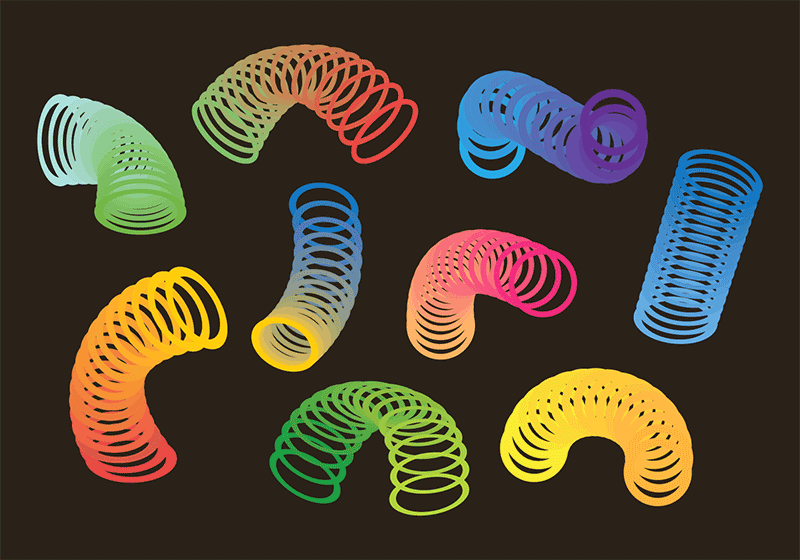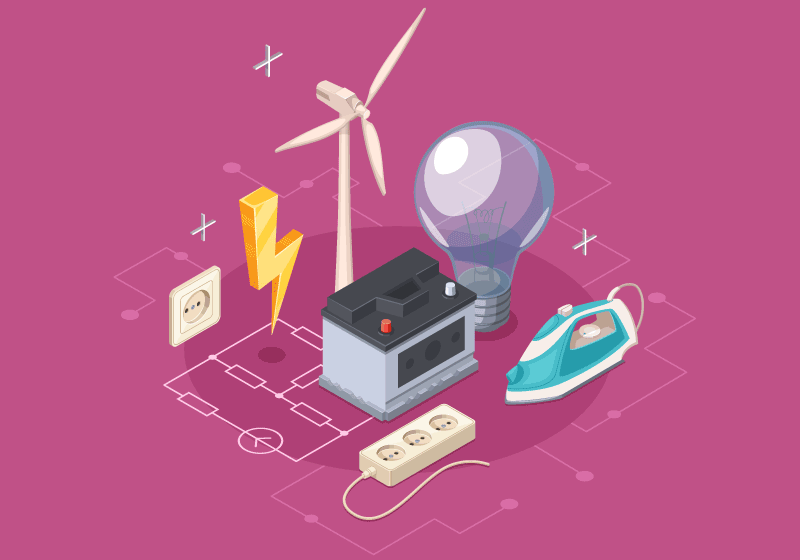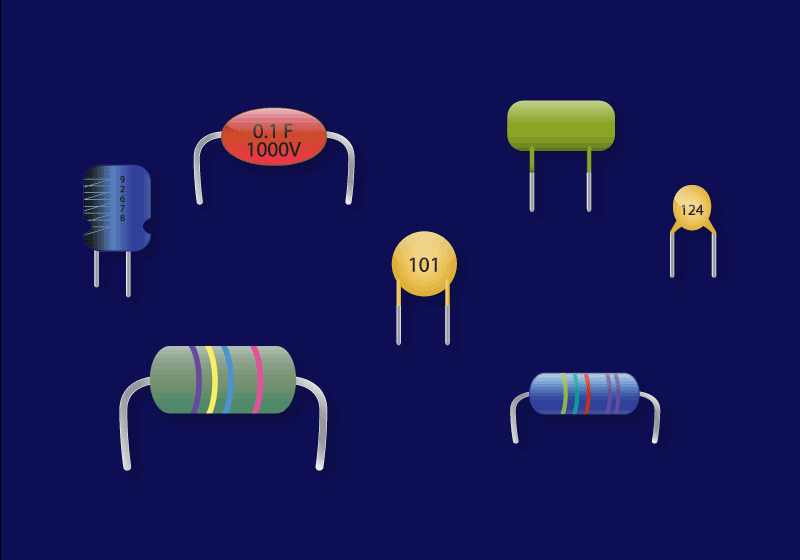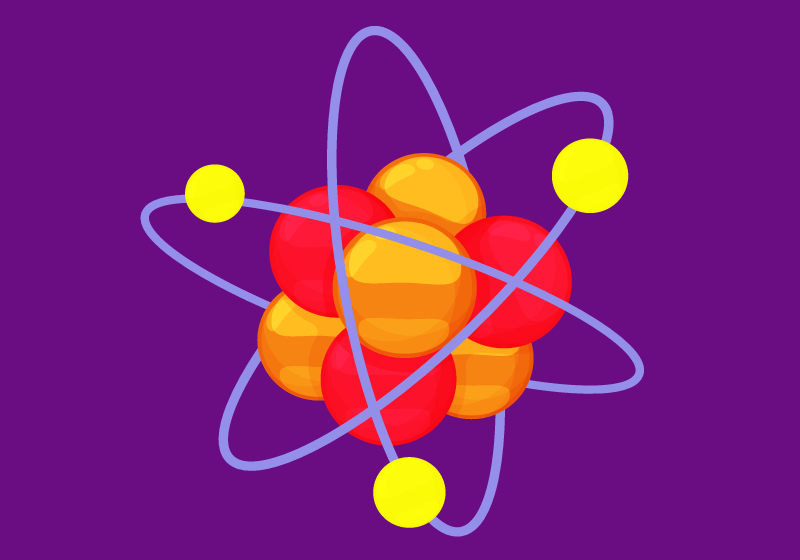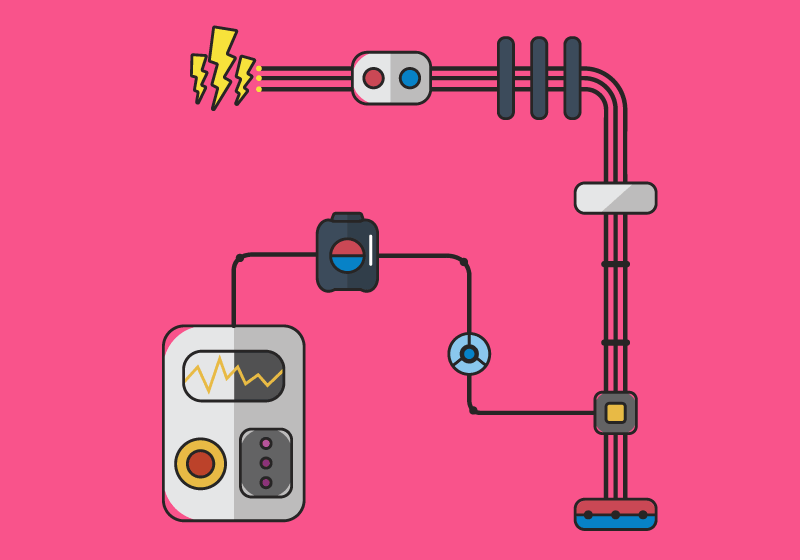GCSE AQA Physics P2
Pressure in a Gas
Gas Pressure is created when gas particles collide with the walls of their container. The more often the particles collide with the walls, and the faster…
Wave Speed
Wave speed is given in meters per second (the number of waves that pass per second). Wavelength is measured in meters and frequency is measured…
Turning Moments
The size of the turning effect is called a turning moment. As Newton’s first law of motion states, an object will remain at rest…
Moments
Forces can cause an object to rotate and the turning effect of the force is called a moment. If a resultant force acts on an object about a…
Force on a Spring
When a force acts on a spring it is stretched or compressed, its length will changes by an amount e from its original length. Demo In…
Pressure
Pressure can be calculated if you know the force applied to or by an object and the contact area. The units are newtons per square…
Force, Mass and Acceleration
An object of constant mass accelerates in proportion to the force applied. Demo In this tutorial you will learn how to calculate the force applied to an object…
Forces and Work Done
The unit for work done is the joule (J), or Newton meter (N-m). One joule is equal to the amount of work that is done when 1 N of force moves an…
Momentum
All moving objects have momentum. Forces can cause changes in momentum. The total momentum in a collision or explosion is conserved and stays the…
Change in Momentum
All moving objects have momentum. Forces can cause changes in momentum. The total momentum in a collision or explosion is conserved and stays the…
Wave Period
The period of a wave is the time it takes to complete one cycle. The unit for a wave period is seconds, and it is inversely proportional to…
Transformers
A transformer is an piece of electrical apparatus which will increase or decrease the voltage in an alternating current. It can be designed to “step up”…
The Motor Effect
A current-carrying wire or coil can exert a force on a permanent magnet. The force increases if the strength of the magnetic field and/or current increases. This is…
Magnification
The magnification can be calculated if you know the actual size of the object and its image size. Demo In this tutorial you will learn how…
Uniform Acceleration
Uniform or constant acceleration is a type of motion in which the velocity of an object changes by an equal amount in every equal time period. Demo…
Pressure in Fluids
Fluid pressure is exerted on the surface of an object in a liquid. This pressure causes upthrust . An object placed in a liquid will begin to sink….
Acceleration
Acceleration is how quickly the velocity is changing whether it be speed, direction or both. Acceleration is a measure of how quickly the velocity…
Speed
Speed is how fast an object is moving in no given direction. Velocity is how fast an object is moving in a given direction….
Weight on the Moon
Weight is the force acting on an object due to gravity. The weight of an object is defined as the force of gravity on the object…
Weight on Earth
Weight is the force acting on an object due to gravity. The weight of an object can be defined as the force of gravity on the…

